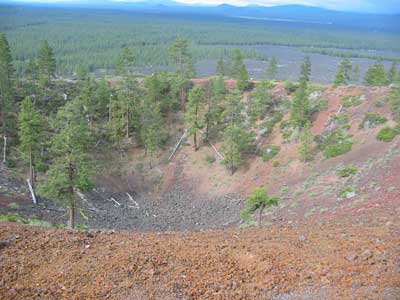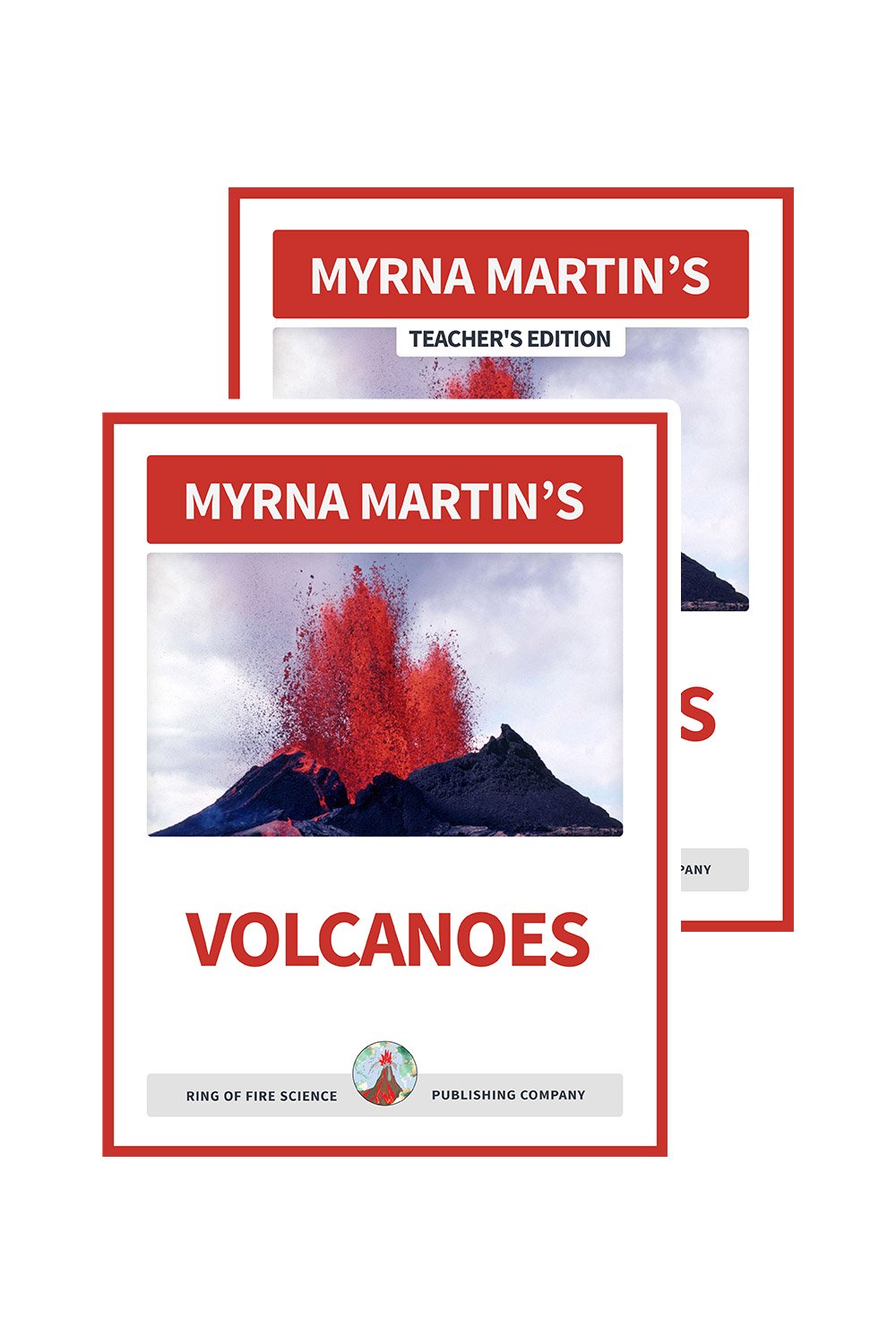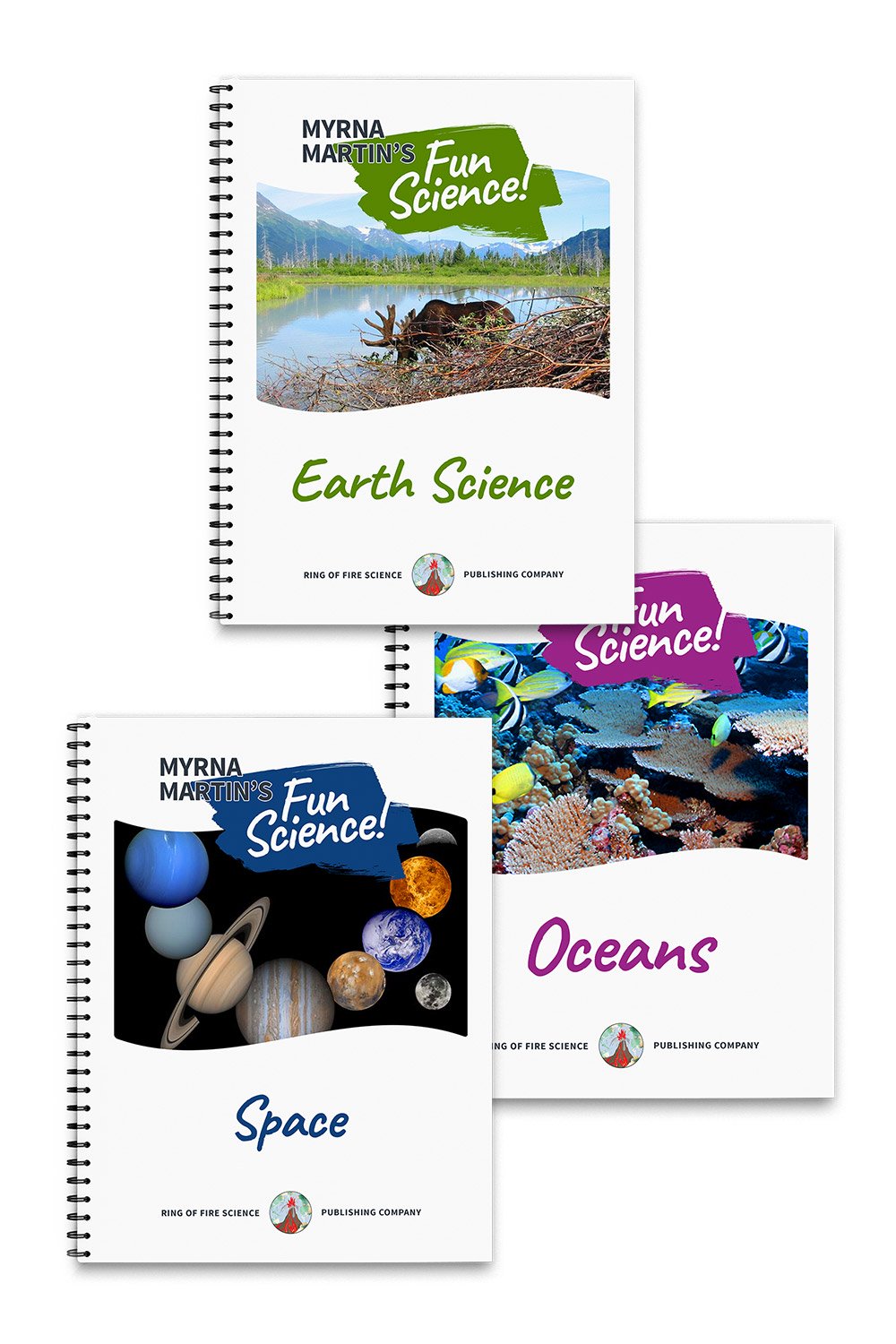Volcano Vent
Volcano vent locations
The volcano vent can be located both at the summit of a volcano or on the flanks of a volcano. Cinder cones form over a central vent that produces a crater at its summit. Shield volcanoes usually form over hot spots in an ocean floor. The vent of a volcano can be at the summit or along the flank of a volcano. Thin layers of lava create a shield shaped volcano above the magma chamber.
Composite volcanoes usually have their vent at the summit of the mountain. Violent volcanic eruptions can produce calderas when the top of the mountain is blown away. Lava domes then form over the vent of the volcano.
Cinder cone vents
Cinder cones (scoria cones) are small volcanoes that erupt basalt lava that is erupted from the vent of a volcano at its summit. The magma erupting from the volcano is very fluid and breaks apart due to expanding gases while the lava is airborne. The cinder cone grows around the vent of the volcano as small rocks about the size of a walnut falls to the ground surrounding the vent.
Eventually most cinder cones form a breach in the side of the volcano as the gases diminish. The vent of the volcano continues to erupt basalt lava that instead flows away from the base of the cinder cone. The picture above of Lava Butte shows a lava flow that traveled several miles before the eruptions ceased. The black area is the lava flows with a forest in places that were not covered with lava.
Volcano vent on a shield volcano
The vent of a shield volcano can be located at the summit where either a crater has formed that is above the magma chamber that feeds the volcano. The throat of the volcano allows magma that is hotter than the surround layers of rocks to break through older rocks into the summit where a lava lake forms. The lava lake can overflow and create a river of molten rock that flows down the slopes of the volcano.
Fissure eruptions occur on shield volcanoes when vents of volcanoes open up on the flanks of the volcano. Fissure eruptions can produce curtains of fire that shoot into the air. The molten rock falls back on the volcano's flanks and flows away from the vent in a river of molten rock.
Vents on composite volcanoes (stratovolcanoes)
The vent of a composite volcano (stratovolcano) is usually at the summit of the volcano. Sometimes magma creates a path toward the side of the volcano. The magma creates a new vent on the volcano which can cause an explosive eruption. Andesite is a common lava on these volcanoes although they may also erupt basalt, dacite and rhyolite at different times in their life cycle. Composite volcanoes often alternate between explosive eruptions and lava flows.
Volcano vents on lava domes
Dome volcanoes form above the vent of the volcano. The small domes and lava domes in the crater of large volcanoes erupt a thick pasty lava that the lava stays directly over the vent until the next eruption. The lava oozes out of the vent forcing the older lava away from the vent. This breaks the outer surface of the rocks that have cooled since the last eruption. Domes usually have a broken crumbly surface due to this action.
More Volcano Links
|
Volcanoes for Kids |
Pompeii Eruption |
KIDS FUN SCIENCE BOOKSTORE
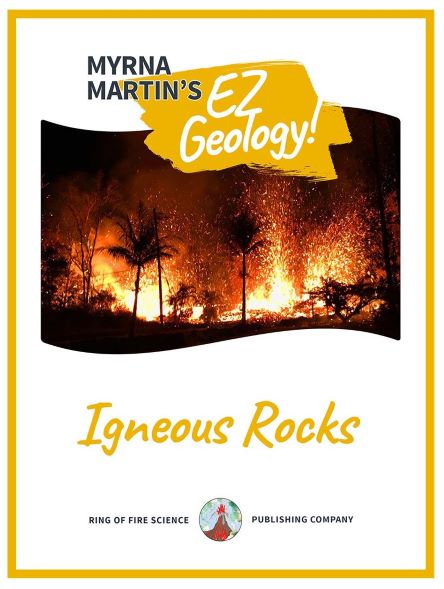 |
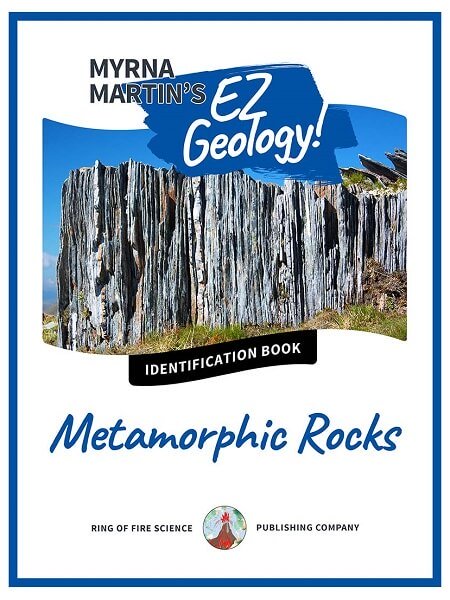 |
Check out Myrna Martin's award winning textbooks, e-books, videos and rock sets. The Kids Fun Science Bookstore covers a wide range of earth science topics. Click here to browse.
Sign up to our monthly newsletter and receive our FREE eBook containing 3 fun activities that don’t appear in any of our other books!
The Kids Fun Science monthly newsletter will include the following: current events, weird and fantastic facts, a question of the month, science trivia and the latest new content from our website.
We respect your privacy and you can be assured that we will never share your email address or use it for any other purpose than to send you our newsletter.


